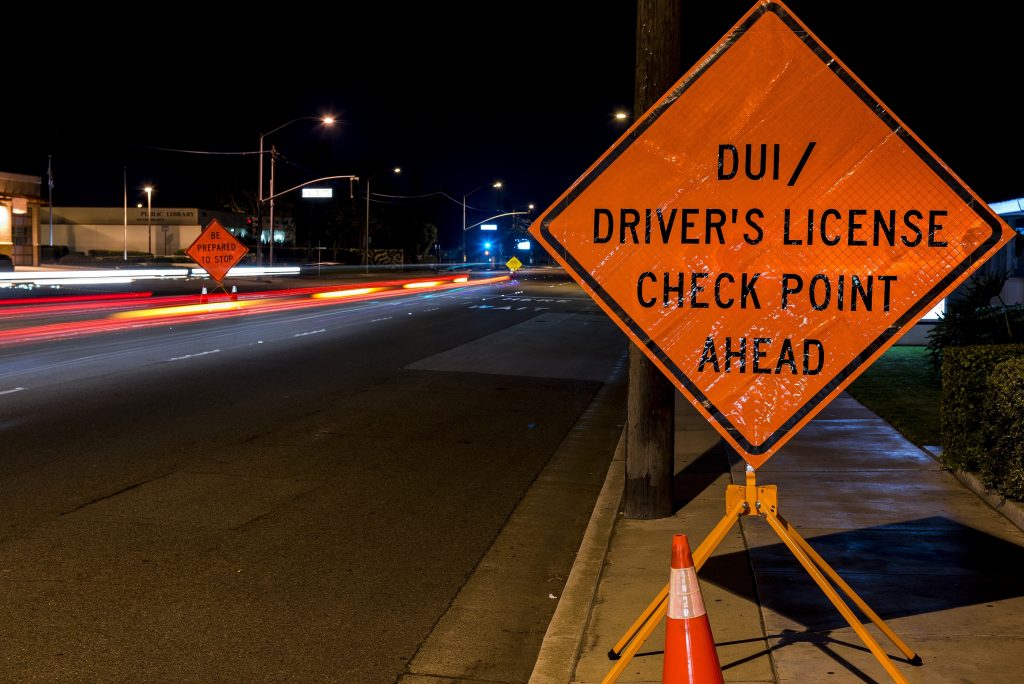Introduction:
When it comes to personal injury cases, determining fault can be a complex matter. Massachusetts follows the legal principle of comparative negligence, which plays a crucial role in evaluating liability and awarding damages. Understanding comparative negligence is essential for both accident victims and those facing potential liability. In this blog post, we’ll delve into the concept of comparative negligence in Massachusetts and its implications for personal injury cases.
What is Comparative Negligence?
Comparative negligence, also known as comparative fault, is a legal principle used in personal injury cases to allocate responsibility for an accident or injury among the parties involved. It recognizes that more than one party can contribute to an accident and that their respective degrees of fault should be considered when determining liability and damages.
Comparative Negligence in Massachusetts:
Massachusetts follows the doctrine of comparative negligence. Under this system, a person who suffers injuries due to an accident can still pursue a personal injury claim and potentially recover damages, even if they are partially at fault for the incident. However, the damages awarded will be reduced based on their percentage of fault.
Determining Percentage of Fault:
In Massachusetts, the courts will assign a percentage of fault to each party involved in the accident, including the injured party and the defendants. This percentage reflects their contribution to the accident’s occurrence or severity. For example, if the injured party is found to be 20% at fault, their damages will be reduced by 20%. In Massachusetts, the plaintiff will be entitled to recover this reduced level of damages, unless and until it is proven that the plaintiff themselves were 51% or more at fault for causing the accident. If that occurs the plaintiff is barred from recovery.
Impact on Damages:
The concept of comparative negligence directly affects the damages awarded in a personal injury case. The total amount of damages determined by the court will be reduced proportionally to reflect the percentage of fault assigned to the injured party. For instance, if the total damages awarded are $100,000, and the injured party is found to be 30% at fault, they would receive $70,000 ($100,000 – 30%).
Importance of Legal Representation:
In cases involving comparative negligence, having competent legal representation is crucial. An experienced personal injury attorney can help gather evidence, build a strong case, and advocate for your rights, ensuring that your percentage of fault is accurately assessed. They can negotiate with insurance companies and strive to obtain the maximum compensation you deserve, considering the comparative negligence principles.
Conclusion:
Comparative negligence is an essential aspect of personal injury law in Massachusetts. Understanding this concept is crucial for accident victims seeking compensation and individuals potentially facing liability. With the help of a skilled personal injury attorney, you can navigate the complexities of comparative negligence, build a solid case, and strive to achieve a fair resolution that accounts for the shared responsibility in the accident.






